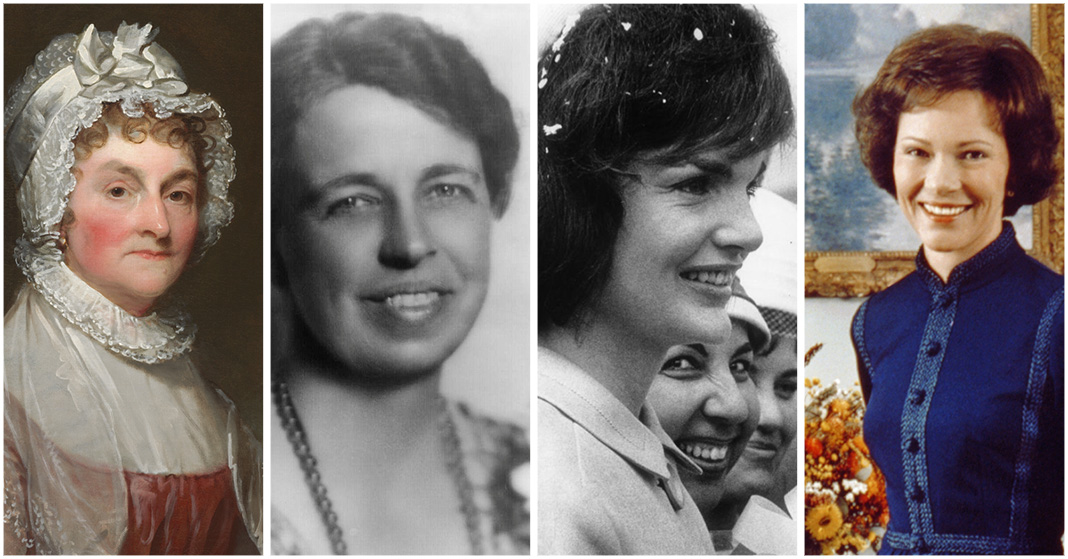 President’s Day is coming up in a few days, so now’s a good time to honor some of the lesser-known but no less influential people in American history—our First Ladies. While presidents often become a driving force for political changes, First Ladies have taken the lead in social changes. Though some of these women were reluctant to become leaders, God has His own plan for who will help lead a nation. In His sovereignty, many of our First Ladies have become influential, not just as presidential spouses, but as leaders themselves.
President’s Day is coming up in a few days, so now’s a good time to honor some of the lesser-known but no less influential people in American history—our First Ladies. While presidents often become a driving force for political changes, First Ladies have taken the lead in social changes. Though some of these women were reluctant to become leaders, God has His own plan for who will help lead a nation. In His sovereignty, many of our First Ladies have become influential, not just as presidential spouses, but as leaders themselves.
Take a moment with your children to learn about these influential First Ladies and what they’re known for.
Abigail Adams (First Lady 1797–1801)
As the nation’s second First Lady, Abigail Adams took many of her cues from her predecessor and friend, Martha Washington. She took household matters in stride and hosted many events. The trend of First Ladies hosting special events continues to today. But more importantly, Mrs. Adams was her husband’s advisor and confidante in political matters. The couple exchanged more than a thousand letters during his political career, in which they would often discuss the policies of the new government. In one notable letter, she exhorted him to “Remember the Ladies.”
Eleanor Roosevelt (First Lady 1933–1945)
The best-known First Lady in American history, Eleanor Roosevelt led a change in how the nation viewed her position. She refused to be a background player who focused on high society dinners and simple beautification projects. Mrs. Roosevelt actively used her position and influence to change the face of American politics. She brought social issues to the forefront by speaking about them. In her speeches, she covered issues such as children’s causes, women’s health, and racial equality. She also became a successful delegate to the United Nations after her husband’s death. She continued her work for social reform until she died in 1962.
Jacqueline Kennedy Onassis (First Lady 1961–1963)
The elegant and refined Jacqueline Kennedy spent her term in office using her talents and education to reach out to the artists and scientists of her day. One of her most notable accomplishments was the restoration of the White House as a museum—not to redecorate and beautify it, but to preserve and display the development of America. It was as much an act of scholarship as one of redecoration. She recorded and broadcasted the restoration to the nation, guiding a special tour of the White House herself. After John F. Kennedy’s assassination, Mrs. Kennedy captured the emotions of the moment by calling her husband’s term in office “Camelot.” There would be other great leaders, but Camelot’s time was over.
Rosalynn Carter (First Lady 1977–1981)
In supporting her husband’s efforts to win the presidency, Rosalynn Carter spent many months campaigning. It was during this time that she found a passion that would follow her into office. The first First Lady to make a campaign promise, Mrs. Carter promised her husband’s supporters that she would use her influence to improve the lives of people with mental illnesses. Her work lead to the Mental Health Systems Bill and the Age Discrimination Act. Today, she is a member of the National Women’s Hall of Fame—along with only four other First Ladies—and she continues to work for the benefit of mental health issues.
While the changes our First Ladies have inspired may have been subtle, their influence has helped to shape the culture of America today. Even though we may question the end of those changes, we can take comfort in knowing that each president’s heart was in God’s hand when he chose his wife.
This post was updated on 2/19/2018 for the purpose of correcting Eleanor Roosevelt’s death date from 1960 to 1962.
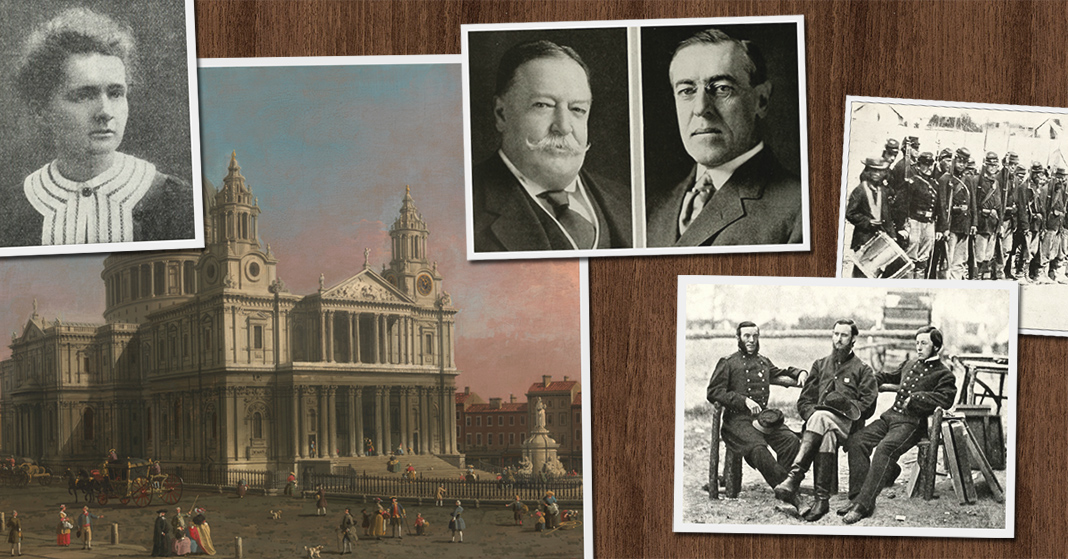
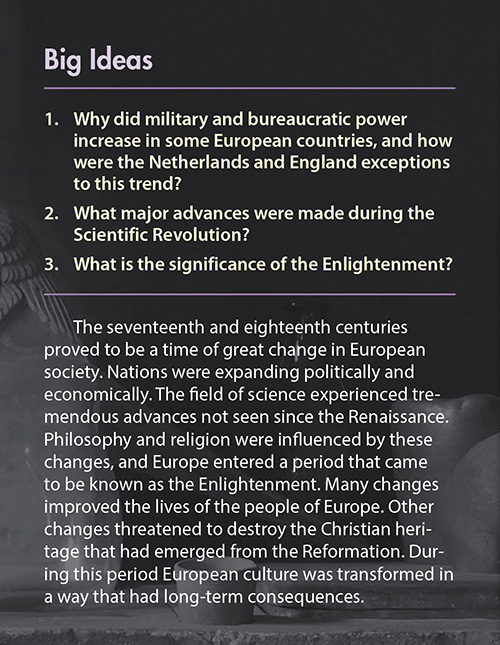
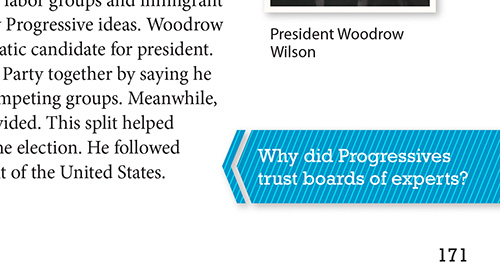
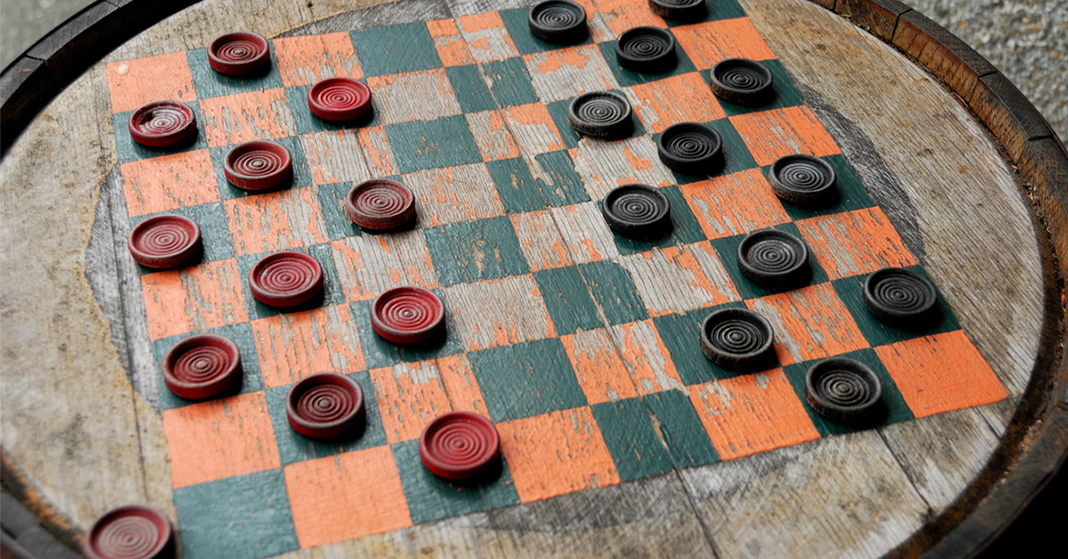
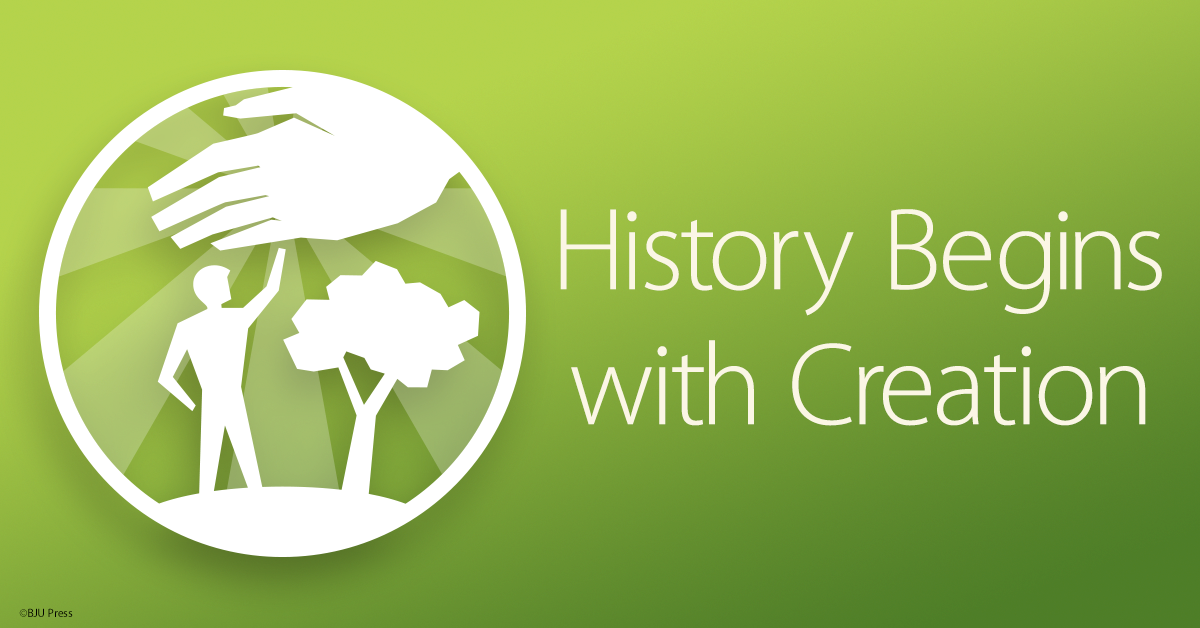
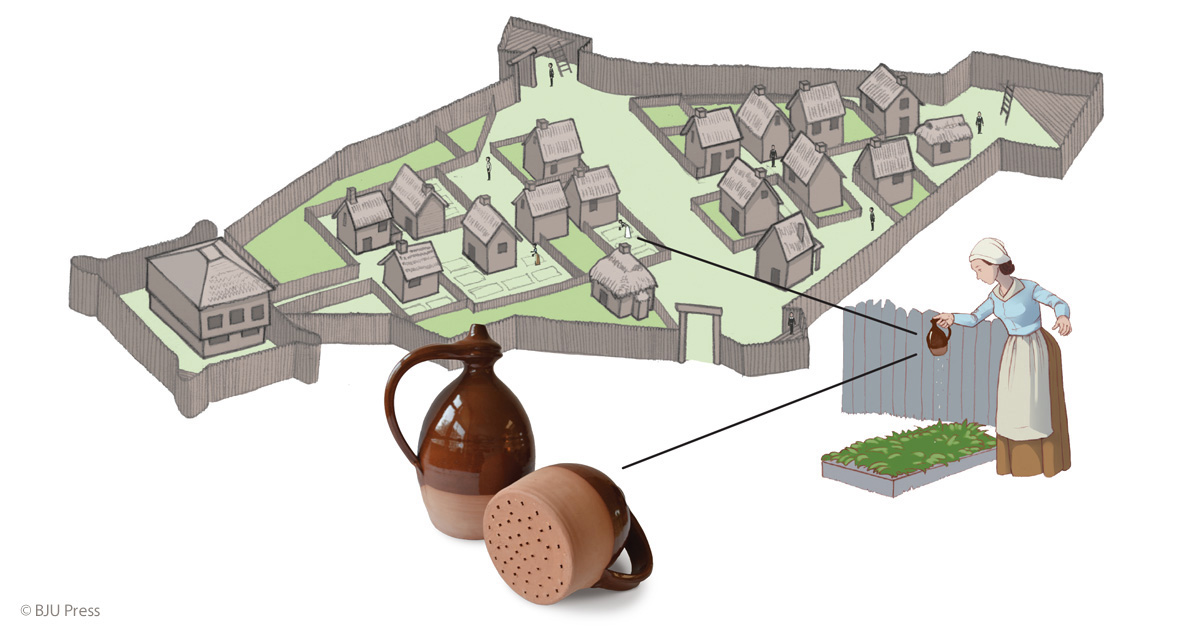
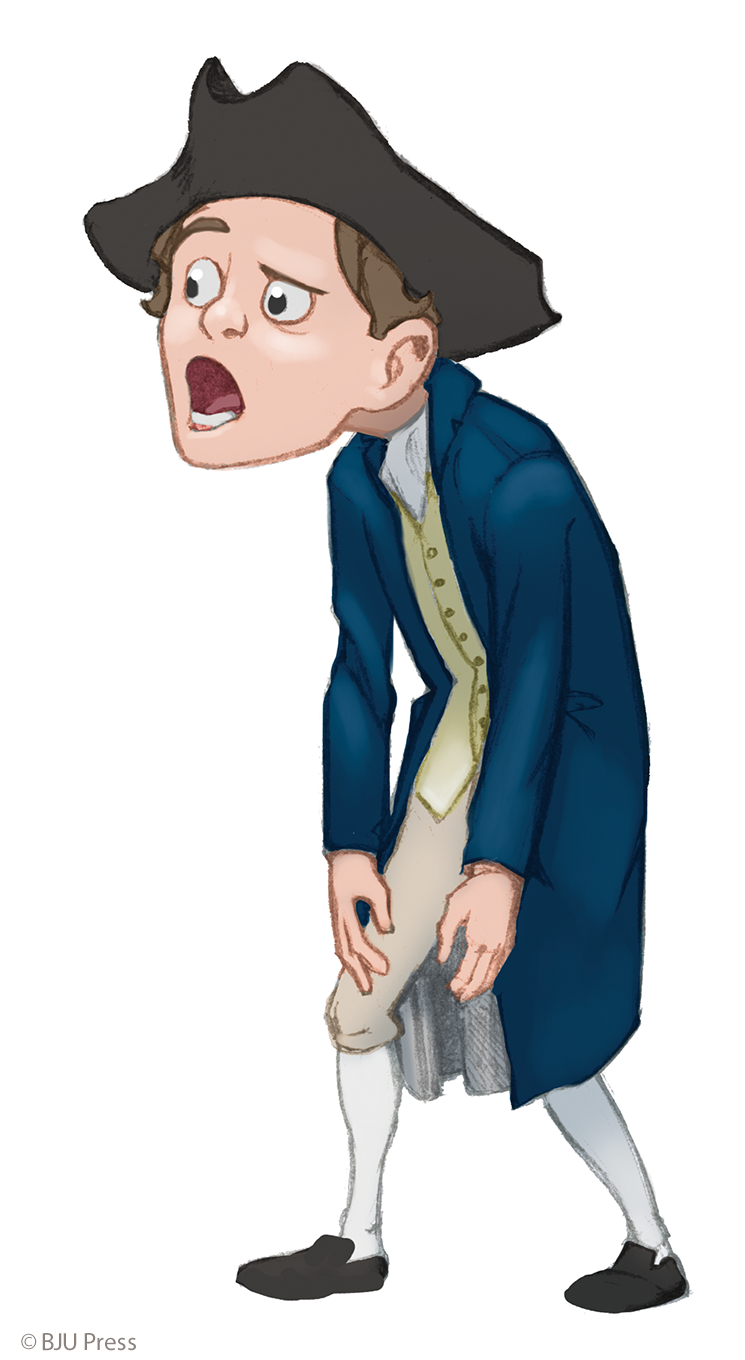 Emotional Connection to History
Emotional Connection to History